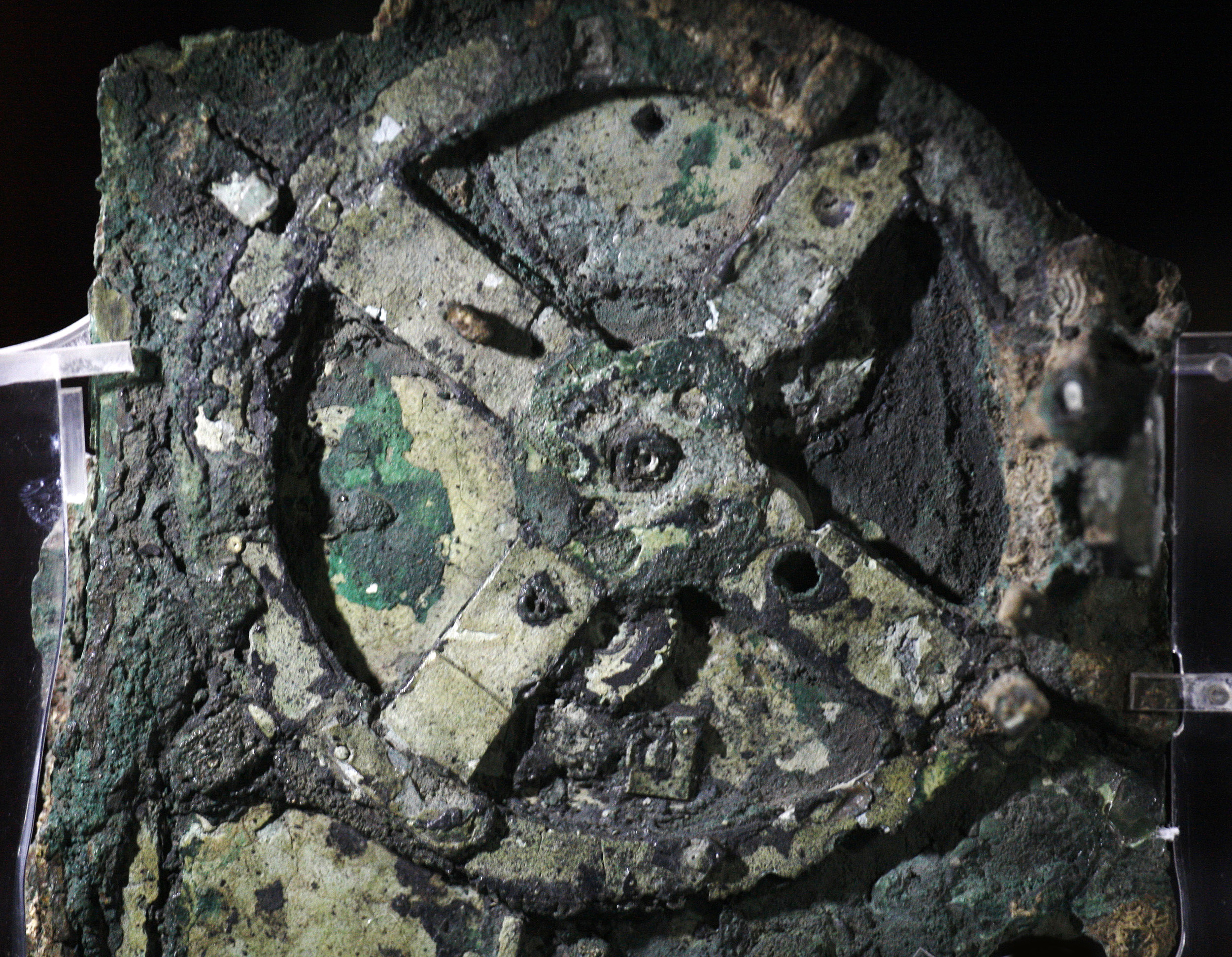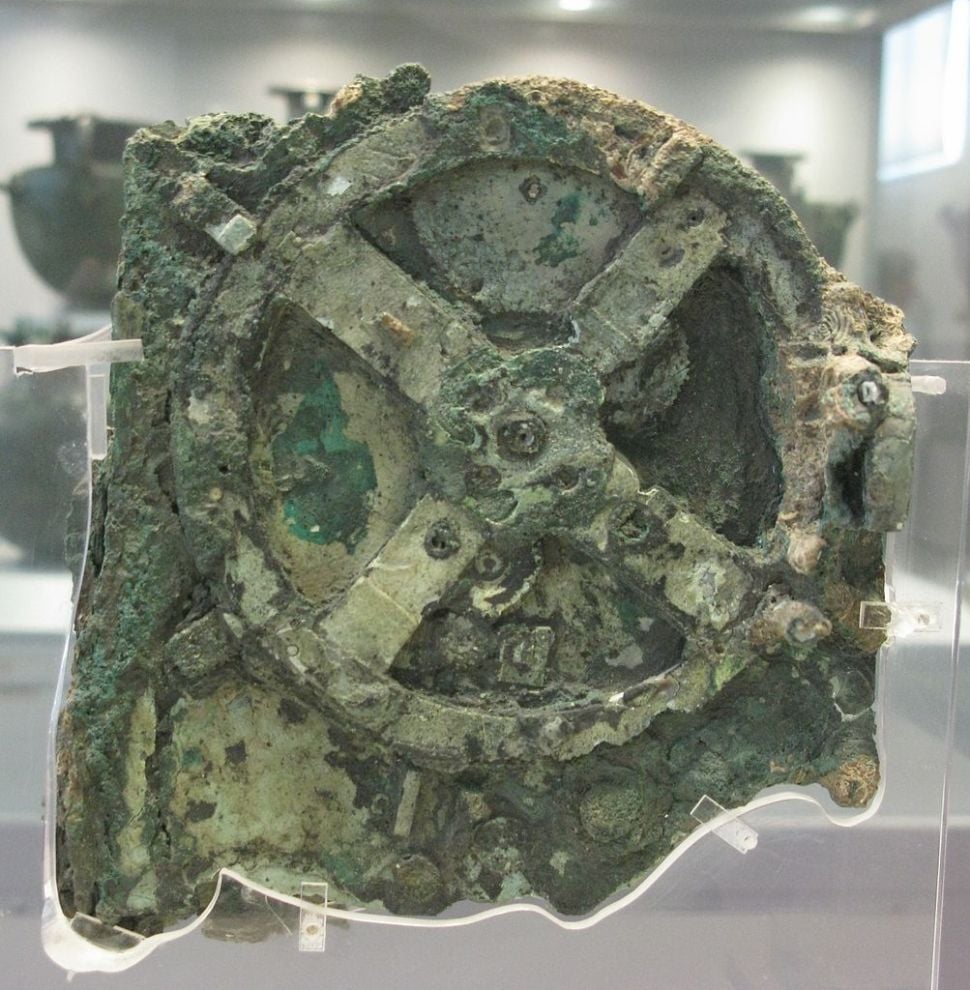World
New Research Challenges Understanding of Antikythera Mechanism

Ever since being salvaged by sponge divers in the Greek Mediterranean in 1901, the Antikythera mechanism has captured the imaginations of archaeologists and scientists with penchant for antiquity.
A foot-high object of wood and bronze broken into more than 80 fragments, the Antikythera mechanism dates back 2,200 years and was a hand-powered model of the solar system. It’s widely considered to be the oldest example of an analog computer.
A new study published in The Horological Journal by researchers at the University of Glasgow, however, is challenging the orthodox understanding of the timepiece’s form and function.
The mechanism is composed of rotating concentric rings and researchers believe one of these, the calendar ring, once contained 354 holes corresponding to a lunar calendar of 354 days. Previous research stated the ring bore 365 holes and was therefore a solar calendar.
Pieces of the Antikythera Mechanism at at the Archaeological Museum in Athens. Photo: Louisa Gouliamak via Getty Images.
“We present a new analysis of the positions of holes beneath the calendar ring of the Antikythera mechanism,” Graham Woan and Joseph Bayley wrote in their paper. “A ring of 360 holes is strongly disfavored, and one of 365 holes is not plausible, given our model assumptions.”
Intriguingly, Woan and Bayley are not archaeologists, but astronomers who specialize in studying minuscule ripples in space-time. The Antikythera mechanism came to their attention courtesy of a 2020 study by researchers and horologist YouTuber Chris Budiselic. They analyzed X-ray images of the mechanism to “displace the century-long assumption of a 365-day calendar on the Antikythera mechanism.”
Woan and Bayley took Budiselic’s measurements of the hole positions beneath the calendar ring, created a model comparing their positions to those placed on a circle, and ran them through their astronomical software, which uses probability to quantify uncertainty in incomplete data.
“Using all the data, the 354-hole hypothesis is about 229 times more probable than 360 holes, which they also considered, and vastly more probable than 365 holes,” the researchers wrote.
The paper, together with 2020’s study, has received pushback from scholars of the Antikythera mechanism. One reason is that the mechanism already contains ring that corresponds to a lunar calendar based on the 19-year Metonic cycle. The addition of a second, less accurate ring, seems redundant.

A fragment of the Antikythera Mechanism at the National Archaeological Museum, Athens, Greece. Photo courtesy of the National Archaeological Museum, Athens, Greece.
Such scholarly contradictions are consistent with the story of the Antikythera mechanism. A year after its discovery among the wreckage of a Greek ship off the island of Antikythera, archaeologist Valerios Stais proposed it was an astronomical clock. This theory was broadly rejected on the basis no instruments of similar complexity exist from the period.
It wasn’t until the release of a 1974 paper based on X-ray and gamma-ray images of the mechanism that the idea of the Antikythera mechanism as a hand-powered model of the solar system became accepted. It is believed to have originated from the island of Rhodes, where Stoic philosopher Posidonius ran an academy and astronomer Hipparchus came from.
More recently, the Antikythera mechanism captured the imagination of Hollywood, when it starred as the titular dial of destiny in Indiana Jones and the Dial of Destiny. In the film, the dial is imbued with the power of allowing its possessor to time travel, a theory yet to be proposed in academia.
Follow Artnet News on Facebook:









